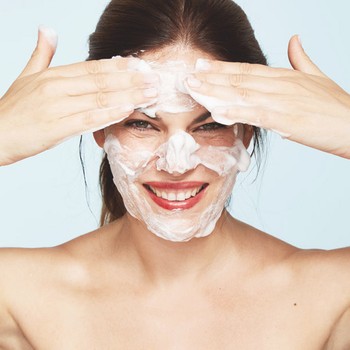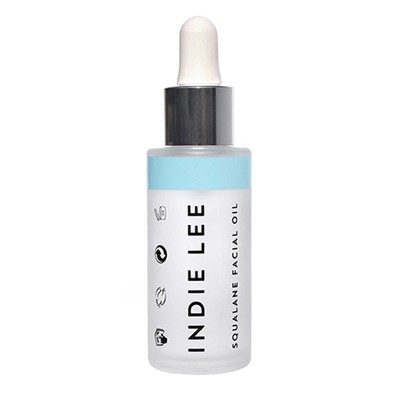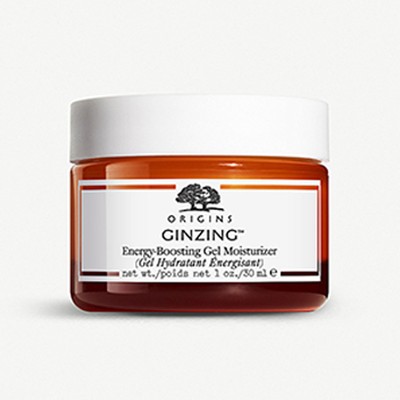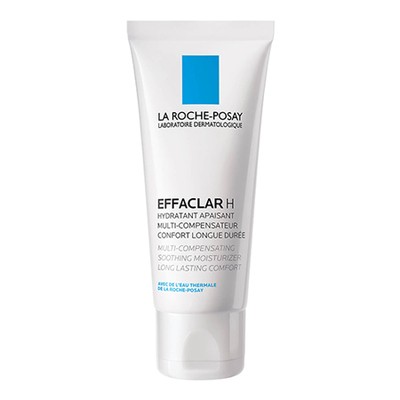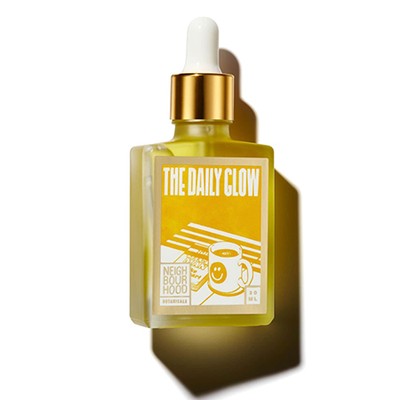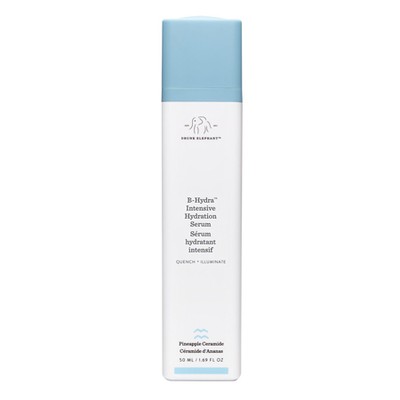These Products Could Be Ruining Your Skin
What is comedogenic skincare?
The word comodo means ‘blemish’ (plural: comedone), and is considered to be one of the milder forms of acne. “’Non-comedogenic’ literally means ‘will not block pores’ and is often found in skincare products targeting acne or blemish prone skin,” explains Dr Anjali Mahto. “Comedogenicity relates to a product’s ability to block pores, leading to blackheads, whiteheads and blemishes.”
How is it determined whether a product is non-comedogenic?
“Traditional testing for comedogenicity used to be carried out on animals,” Dr Mahto says. “A test product or ingredient was usually applied daily to the inner surface of a rabbit’s ear, using the other ear as a control. After a period of time, biopsies were taken to assess the degree of comedone formation. Thankfully, in 2013, the EU banned animal-tested cosmetics.”
Today, comedogenicity testing is carried out on humans and products are applied to a specific site for between 4-8 weeks, before the area is analysed for comedone formation.
Why is it so important when it comes to blemishes and acne?
If your skin doesn’t normally react to products by breaking out, comedogenic ingredients are unlikely to create any issues. However, those already struggling with forms of acne should avoid them, as Dr Mahto explains: “It is important that those with acne-prone skin use products that do not have the ability to block pores, as these can lead to worsening of spots.”
What ingredients are comedogenic?
There are over 150 comedogenic ingredients, and they’re found in around 80% of skin and body products. But it’s not always as straightforward as separating products into what you can and can’t use. “In general, there are no ‘good’ or ‘bad’ ingredients - cosmetic science is not as simple or straightforward as this,” says Dr Mahto. “Even though there are many lists available over the internet about ingredients that are comedogenic, the problem with these scales is that they are not reflective of what happens in day to day life.”
Dr Mahto continues: “Even if an ingredient is comedogenic on its own, it may not be comedogenic when mixed with another ingredient. The concentration of the ingredient is also important – some ingredients are non-comedogenic in low concentrations but highly comedogenic in high concentrations. Acetylated lanolin alcohol is a good example of this.”
Most labels will state if the formula is non-comedogenic, but sometimes it can be hard to tell. A good rule of thumb for anyone suffering from a form of acne is to stick to the oils that are listed below – those rated 0 are least likely to clog pores; a rating of two means the chances are still low.
Rating 0
- Sunflower Oil
- Camellia Oil
- Argan Oil
- Hemp Seed Oil
- Shea Butter
- Watermelon Seed Oil
- Camelina Oil
- Poppy Seed Oil
- Raspberry Seed Oil
- Kukui Oil
- Prickly Pear Seed Oil
- Safflower Oil
Rating 1
- Rosehip Seed Oil
- Sea Buckthorn Oil
- Black Cumin Seed Oil
- Neem Oil
- Emu Oil
- Pomegranate Oil
- Calendula Oil
- Castor Oil
Rating 2
- Almond Oil
- Avocado Oil
- Baobob Oil
- Borage Oil
- Camphor Oil
- Evening Primrose Oil
- Grape Seed Oil
- Hazelnut Oil
- Sandalwood Seed Oil
- Jojoba Oil
- Olive Oil
- Papaya Seed Oil
- Peach Kernel Oil
- Peanut Oil
- Pumpkin Seed Oil
- Tamanu Oil
- Sesame Oil
Avoid oils like coconut, cocoa and flax seed - regardless of whether they’re deemed natural, they can still exasperate the condition.
What should you look out for in products labels?
Though certain oils are branded as clarifying and suitable for congested complexions, Dr Mahto still advises to steer clear of them. “Ideally, in those with acne-prone skin, it’s still better if a product carries the ‘oil-free’ or ‘non-comedogenic’ label. However, it’s important to note that even if the label is present, this is not a fail-safe guarantee it won’t cause spots,” she says. Essentially, even if your skincare routine consists of entirely natural ingredients, this doesn’t mean it will be comedogenic free.
If I avoid comedogenic ingredients will my acne clear up?
Be aware that non-comedogenic doesn’t always mean it won’t clog your pores – unfortunately there isn’t yet a standardised practice and companies can advertise their products as such with no real evidence. You should also consider the texture and consistency of your skincare: products that are extremely thick and rich should be discarded in favour of light, water-based ones with a gel-like consistency. If you find you’re still breaking out whilst using non-comedogenic products, it’s best to stop using them straight away and see if conditions improve. Always visit a dermatologist or doctor for a more tailored solution if your skin is getting worse and causing you distress.
Shop our top rated non-comedogenic products below...
DISCLAIMER: We endeavour to always credit the correct original source of every image we use. If you think a credit may be incorrect, please contact us at info@sheerluxe.com.
